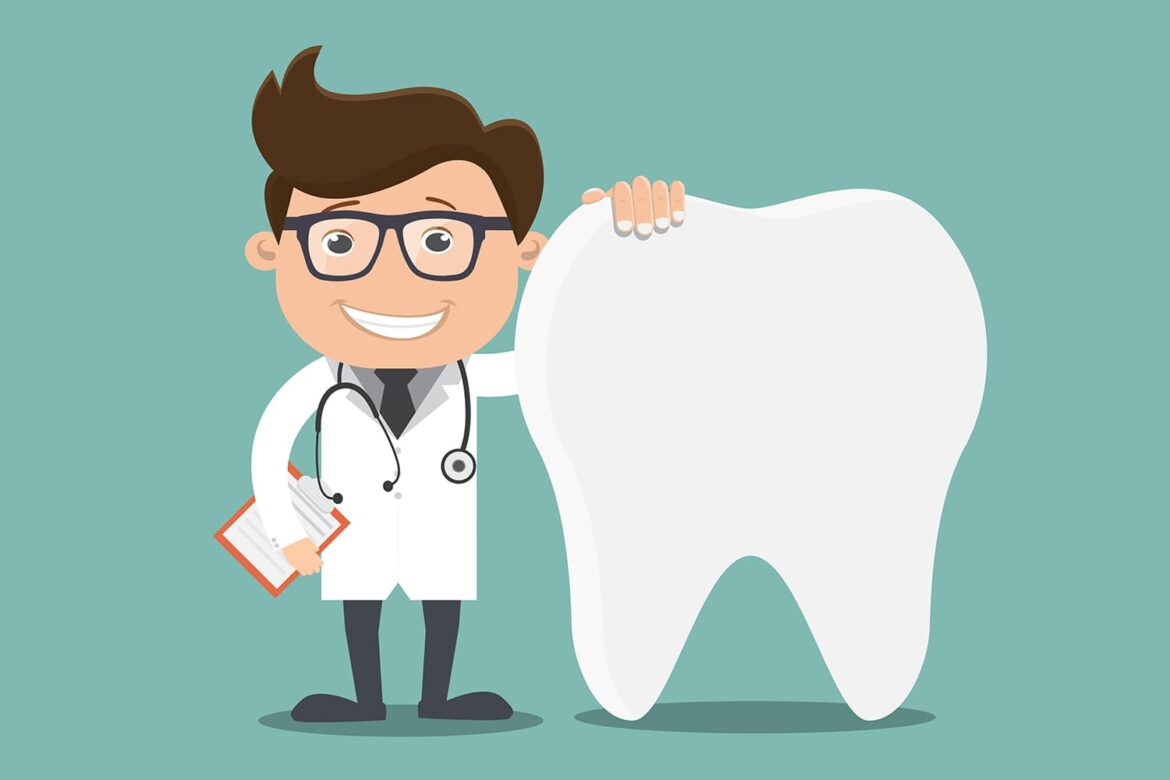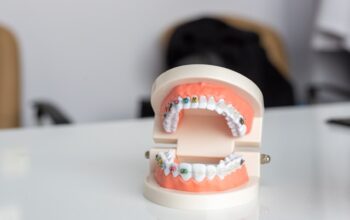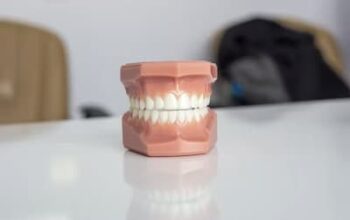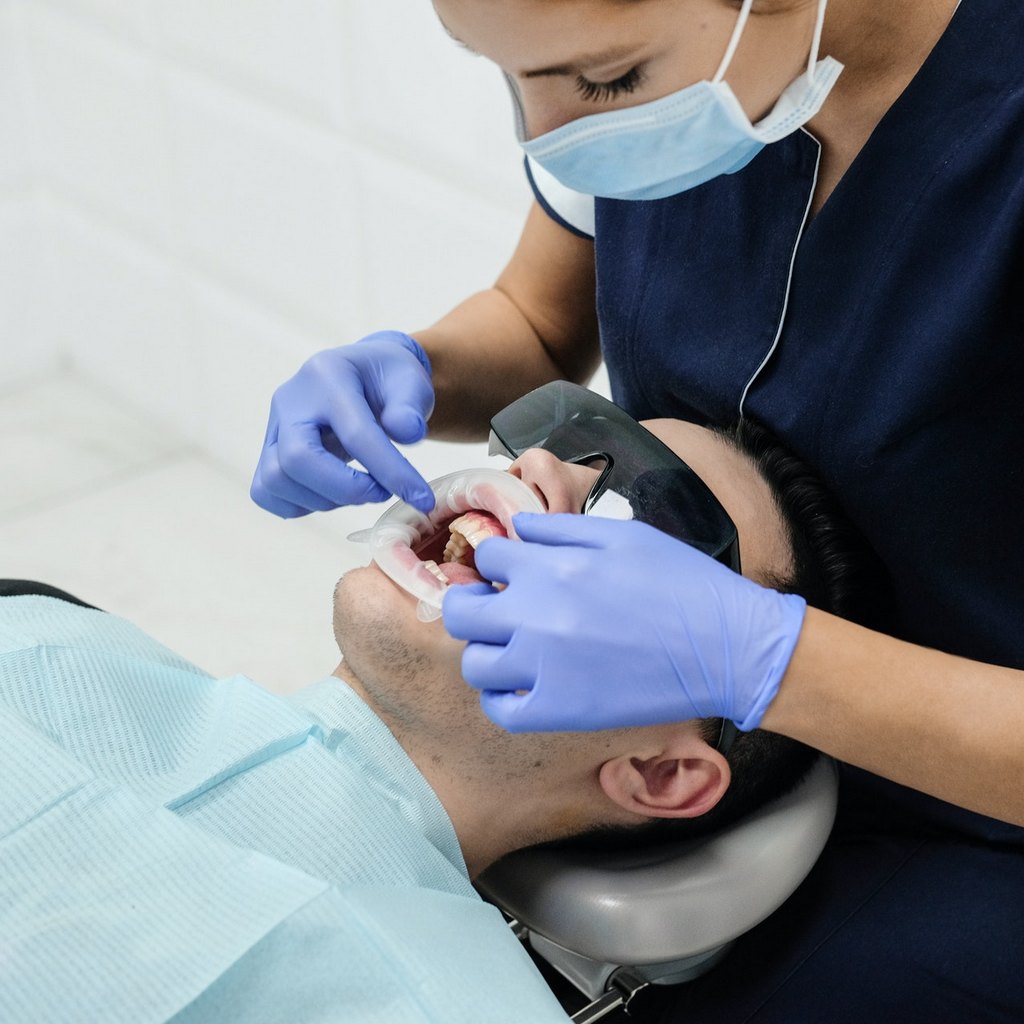Navigating the intricate landscape of dental care costs in Europe reveals a tapestry woven with various elements that escalate expenses, affecting accessibility and creating barriers for many seeking necessary treatments. This comprehensive exploration will delve into the multifaceted reasons behind the high costs of dental services in Europe, framed by the story of a Pole whose only recourse to afford such services was through an unexpected windfall from a Polish online casino.
The Economic Anatomy of European Dental Services
The landscape of European dental care is marked by excellence, driven by rigorous standards and advanced technological adoption. However, these high standards come at a significant cost. Several key factors contribute to the elevated expenses associated with dental care across Europe:
- Education and Training: Becoming a dentist in Europe requires extensive and costly education. The investment in a dental degree can span over five to seven years, depending on the country. This high cost of education tends to translate into higher charges for dental services as professionals seek to recoup their investments.
- Regulatory Standards: Europe is known for its stringent healthcare regulations, which ensure high standards of practice and patient safety. Compliance with these regulations incurs additional costs for dental practices, from infrastructure to the continuous training of staff, all of which contribute to the overall cost of dental services.
- Advanced Technologies: The adoption of cutting-edge technologies in European dental practices—ranging from digital X-rays to 3D imaging and laser dentistry—enhances treatment outcomes but also adds to the operational costs. These technologies require significant upfront investment and ongoing maintenance, influencing the pricing of dental services.
- Materials and Equipment: High-quality materials such as ceramic fillings, titanium implants, and orthodontic devices are commonly used in European dental practices. While they offer durability and aesthetic compatibility, their costs are considerably higher than lesser alternatives.
- Geographical Disparities: The cost of living varies significantly across Europe, and so does the cost of dental services. Urban areas, especially in Western European countries like Germany, France, and the Nordic countries, often see higher dental service fees compared to Eastern European nations.
- Insurance Coverage Variability: Unlike other aspects of healthcare, dental services are often not fully covered by public health insurance in many European countries. This lack of comprehensive coverage means that a significant portion of dental costs is often out-of-pocket, adding to the financial burden on patients.
A Personal Story of Dental Costs
Amidst these financial challenges, the story of Tomasz, a resident of Warsaw, highlights the personal impact of these soaring costs. Tomasz needed an extensive dental procedure that was quoted at a staggering €2,500—a cost far beyond his financial reach. His testimony sheds light on the personal struggles many Europeans face:
“Zeszłego roku stanąłem przed rachunkiem za leczenie zębów, na który po prostu mnie nie było stać. To było niezbędne, ale koszty były zbyt wysokie. Potem wydarzyło się coś niewiarygodnego — wygrałem znaczącą sumę grając w polskim kasynie online. To było jak cud. Te nieoczekiwane wygrane zapłaciły za moje leczenie dentystyczne. Ironia losu, że moje zdrowie musiało zależeć od takiego przypadku.”
Addressing the Cost Barrier
Tomasz’s reliance on a casino win to afford necessary dental care underscores a broader issue: the accessibility of dental services. It prompts a critical evaluation of potential solutions to mitigate these barriers:
- Policy Intervention: European governments could explore policies aimed at subsidizing the cost of dental education or regulating the prices of dental procedures more strictly.
- Enhanced Insurance Schemes: Expanding dental coverage within public health insurance programs could alleviate the financial strain on patients, making preventative and major dental care more accessible.
- Technological Innovations: Investing in research to develop less costly dental technologies and materials could help reduce the overall expenses.
- Preventative Care Programs: Increasing the focus on preventive care could reduce the long-term demand for expensive dental treatments.
Conclusion
The high cost of dental services in Europe is influenced by a complex interplay of educational, regulatory, technological, and economic factors. These costs not only impact the financial stability of individuals like Tomasz but also reflect broader systemic issues within European healthcare systems. As Europe grapples with these challenges, the stories of individuals relying on chance winnings for healthcare funding highlight the urgent need for reform. Ensuring that high-quality dental care is affordable and accessible remains a pivotal goal for the future of European public health policy.








